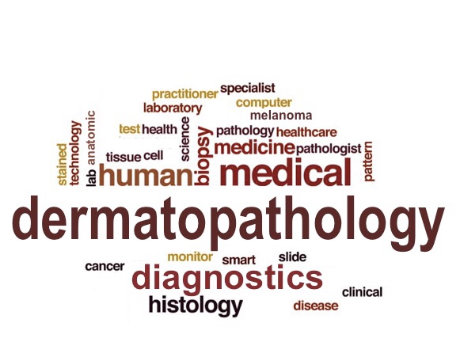- More people are diagnosed with skin cancer each year in the U.S. than all other cancers combined. Skin cancer is the fourth most common cancer worldwide.(1)
- Melanoma is the most aggressive skin cancer. For patients with early stage and localized melanoma the survival rate is 99%; yet when melanoma has metastasized it is more resistant to current therapies and the survival rate drops to 15-20%. Progression from early to metastatic stages can occur in months, making the prompt diagnosis of melanoma particularly important.(2)
- Tissue biopsy is the only definite diagnostic test for skin cancer. With the increasing demand for quality healthcare globally and increased health screening, the number of pathology samples to be analyzed is also increasing. Pathology experts are required to review non-cancerous specimens in more than 90% of cases.
- The number of practicing pathologists retiring coupled with the years of practice required to achieve an expert level of competency is causing a drastically increasing shortage of expert pathologists worldwide.(8) Patient care is in jeopardy because specimen volume has risen by more than 40% while the number of professionals in the pathology field has declined.
- Delayed responses and the high cost of pathologist opinions result in reduced time to implement proper care at the early stages of disease when the tumor is likely to respond to treatment.
- Solutions helping to instantaneously differentiate benign neoplasms from potentially cancerous lesions can radically increase throughput, shorten response times and reduce costs.
- Access to expert pathology opinions is limited in low-income countries, with less than 30% having access to pathology services in the public sector as compared to more than 90% in high-income countries.(1) Applying digital pathology and AI algorithms to cancer diagnostics is the only viable option to improve access.
- According to studies in the U.S., pathologists disagree on a diagnose in 20-25% of cases on average, particularly in early stages when the case is not clear-cut, which generates demand for second opinions and expert consultations worldwide.(4)
- Diagnostic errors contribute to approximately 10% of patient deaths and are the leading cause of medical malpractice payouts.(5)
Skin cancer diagnostics
The problem
- Skin cancer is the most common cancer type in the U.S. with more than 500 thousand cases estimated in 2018 (including non-melanoma skin cancer), which is two-times higher than breast cancer, the second most common cancer. One in five Americans will develop skin cancer by the age of 70 and represents the fourth most common cancer type worldwide, with an incidence of 1.3 million. The incidence of various skin cancer types grows at 2-9% annually. (1),(6)
- For very early-stage melanoma limited to the site of origin, the 5-year survival rate is 99%. Survival for melanoma invading nearby lymph nodes is 63%. If melanoma has metastasized, survival rate is 15-20%.(2)
- 5% of skin tissue biopsies in the U.S. are diagnosed as melanoma.(3)
- According to a study in 10 U.S. states conducted by Elmore, the discordance rates between pathologists assessing skin biopsies ranged from 57% to 75% in middle-ground classes, including disagreements among themselves ranging from 37% to 65%, resulting in incorrect diagnoses in 20-25 cases.(4)
- The number of active pathologists in the US decreased by 18% and the diagnostic workload per pathologist rose by 42% in the last 10 years, 63% of active pathologists are age 55 or older(8)
- The annual cost of treating skin cancers in the U.S. is estimated at $8.1 billion in 2000s, with approximately $4.8 billion for non-melanoma skin cancers and $3.3 billion for melanoma.(7)
(1) International Agency for Research on Cancer, WHO
(2) American Society of Clinical Oncology
(3) BMJ 2005 Sep 3; 331(7515): 481.
(4) BMJ 2017;357:j2813
(5) National Academies of Sciences, Engineering, and Medicine. Improving Diagnosis in Health Care. The National Academies Press, 2015
(6) Cancer Facts & Figures 2018, American Cancer Society
(7) Guy GP. Prevalence and costs of skin cancer treatment in the U.S., 2002-2006 and 2007-2011. Am J Prev Med 2014; 104(4):e69-e74
(8) 2016 Physician Specialty Data Report, AAMC













